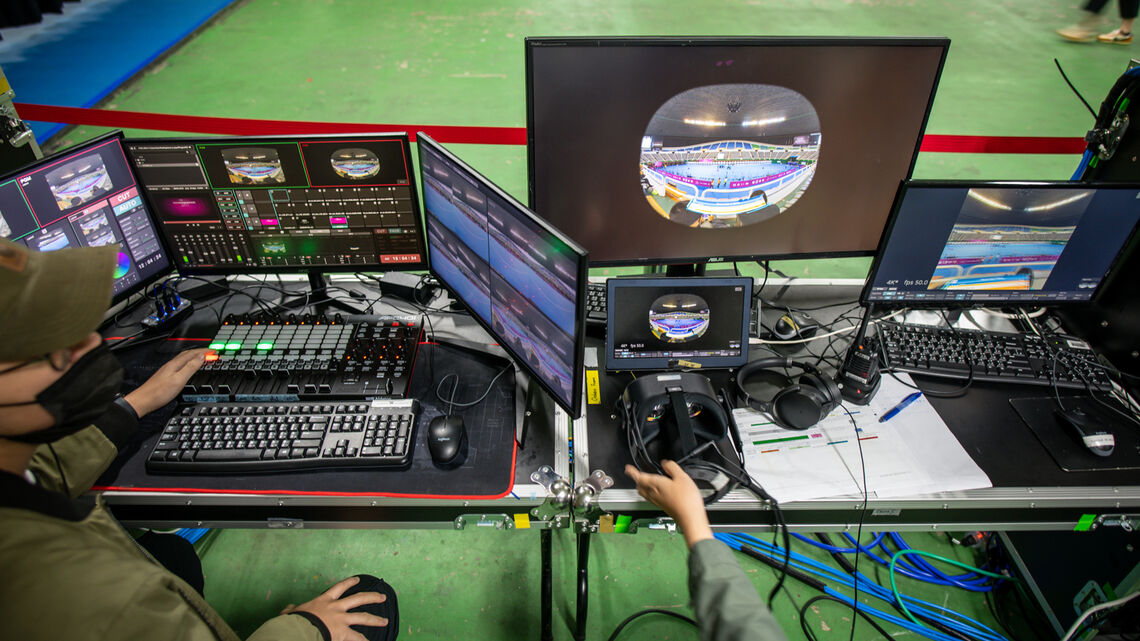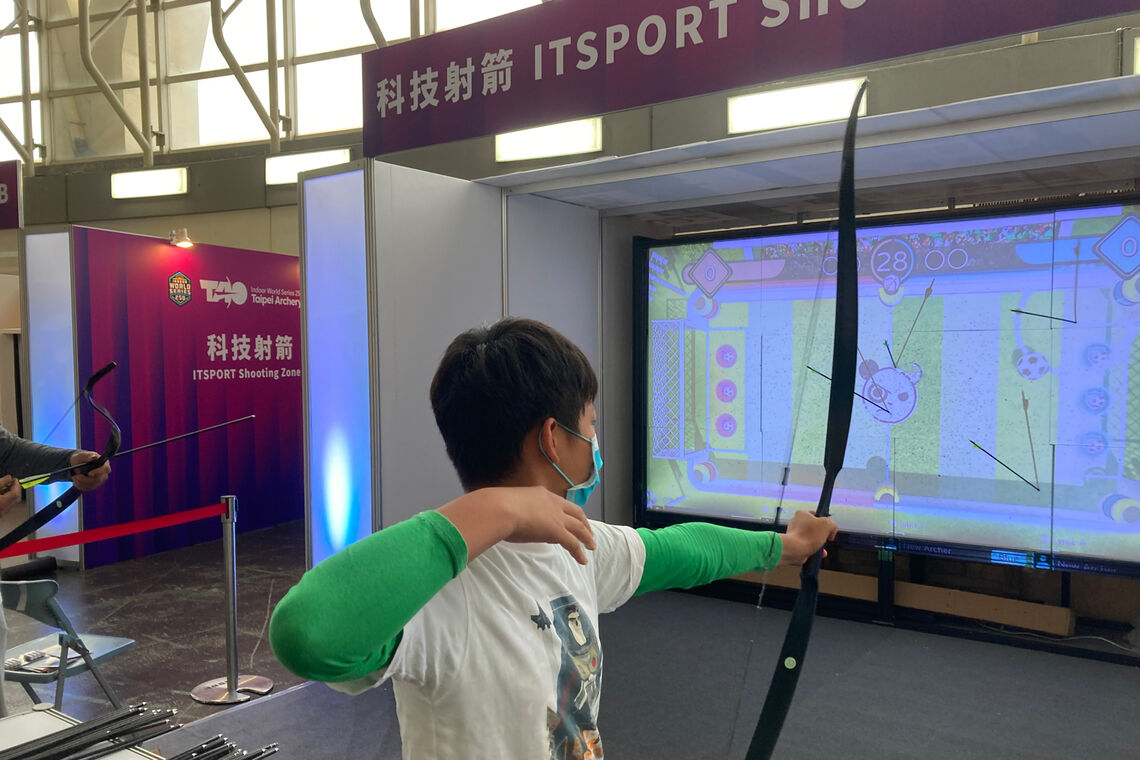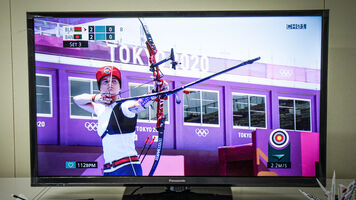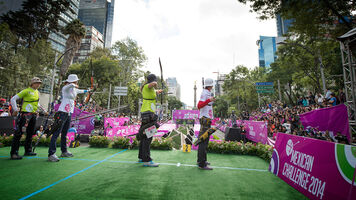Sports tech in focus at first Taipei Open

It was a long time coming but, finally, it very much happened. The inaugural Taipei Open, the first major tournament for more than a decade to take place in one of archery’s most dominant Asian nations, felt like the start of something.
Astonishingly whipped together in just three months after Chinese Taipei fully reopened after the pandemic in October, the tournament had long been part of a broad strategy to increase domestic interest in the sport – and international interest in the archery community in Taipei.
As secretary Lin Cheng-Hsien said: “We want the whole world to know about what we have here.”
Held in the cavernous arena of the city’s sports university, the field of competitors was notable for being incredibly youthful. Archery is broadly still practised in high schools and universities, leading to an average age of all participants (in both youth and senior categories) of just 20. The youngest archer was just seven.
The accelerated schedule meant that only a handful of international archers made it to the event, trickling in from Japan, Hong Kong, Mongolia, India and the Netherlands to face around 300 homegrown athletes (of the roughly 2000 active archers there).
Taipei is known as a high-tech region – and that led to a big focus on new technology, with the debut of some brand-new solutions never before seen at an archery event.
Out on the field, an extraordinary virtual reality broadcast system had been built for the event by sponsor Funique. Once you donned an on-site headset, it gave you a full 360-degree view of the shooting hall from two selectable positions set in the centre of the range so you could see both archers and targets. A graphic overlay relayed scores.
The system, which meshes four separate cameras, was originally designed for use at concerts but has found a second home in the sports world.
Having previously been used at basketball, volleyball and weightlifting events in Taipei, this was the first time it had been deployed for archery.
Watching through commercially available virtual reality headsets or via the 360-function in the YouTube mobile app, it offered a much more engaging way to follow the early phases of the event, particularly qualifying and eliminations.

There was perhaps even more interesting technology off the field, in an exhibition area at the top of the arena. Organisers had collaborated with a company called ITSport and government authorities to develop a system for automatic scoring for indoor archery – which combined with projectors and a large foam wall to create an exciting new format for the sport.
“If we want to promote the sport, we have to grab people’s attention,” said ITSport director Show Chin An. “It’s using a different angle to present the sport to the public. This is a test run to see what we can do to drive the experience further.”
As well as more formal training and competition programmes, a set-up was geared towards gamification, with a zombie mode, timely football-themed activity and a minigame that rewarded fast nocking and shooting. Designed to give people a fun first impression of archery, there are clear applications in archery cafes and other entertainment centres.
Both systems were mobbed by younger archers throughout the weekend, with ITSport eventually setting up a league table for the Chinese Taipei pro teams.
With the Taipei Open confirmed to return as a stop of the Indoor Archery World Series for at least the next two years (in late 2023 and 2024), it will be exciting to see how these technologies progress.
Through a pioneering spirit, the event has already shown the potential to bring new ideas to the sport.








